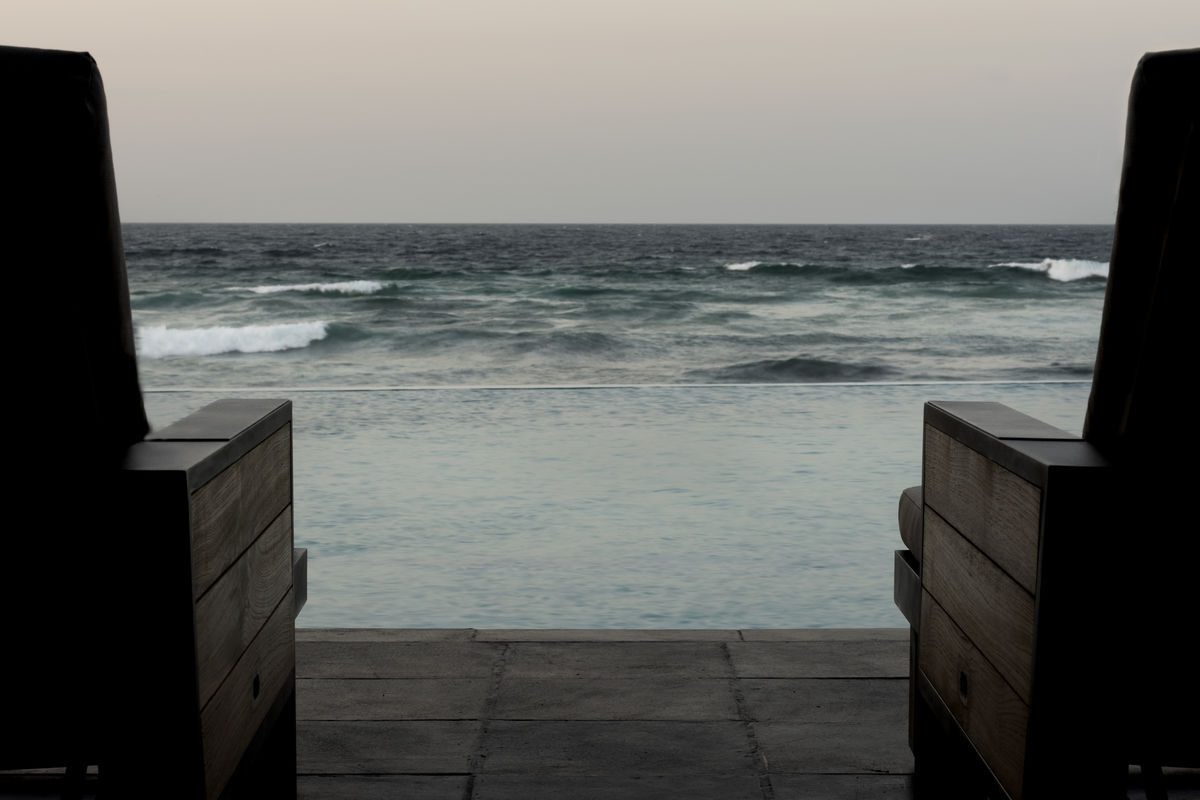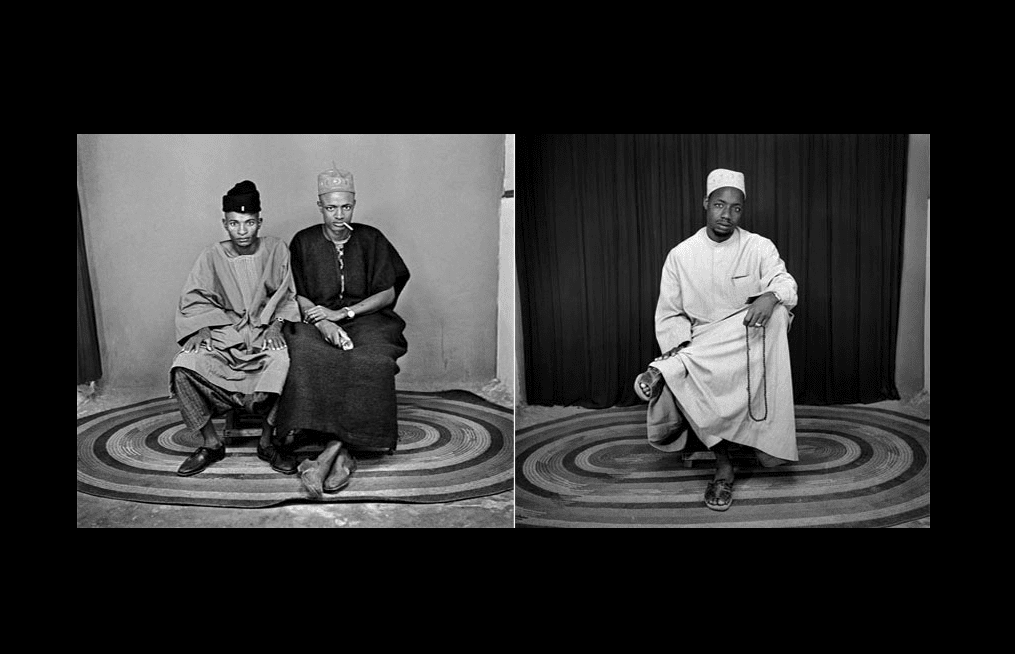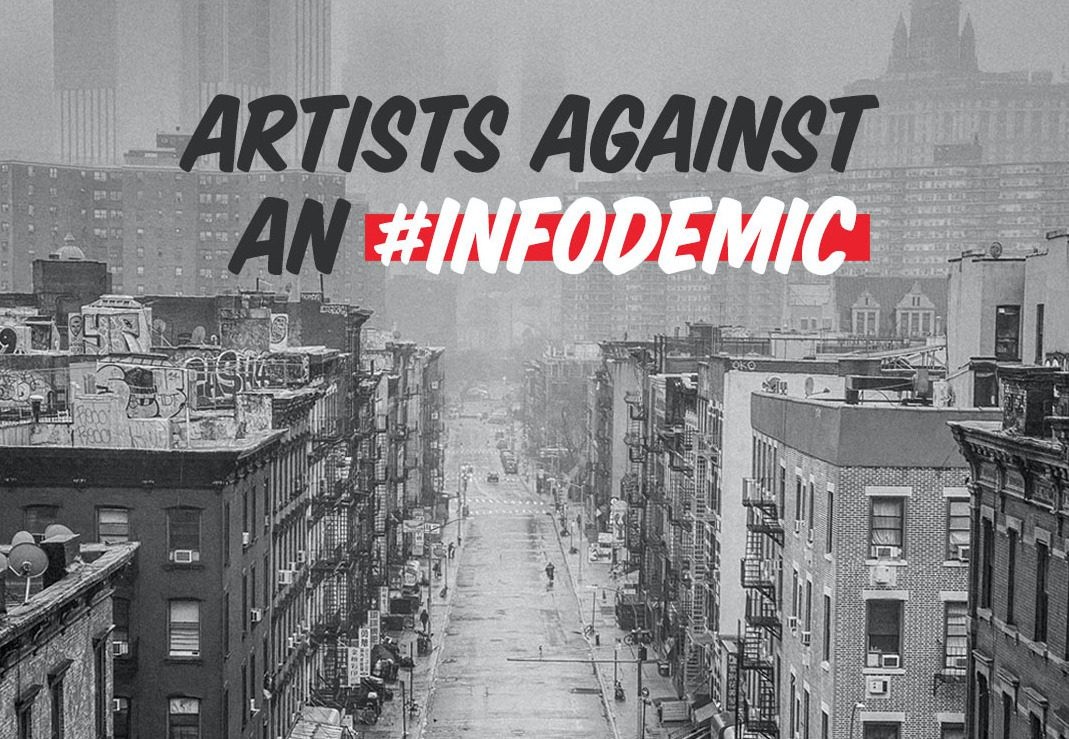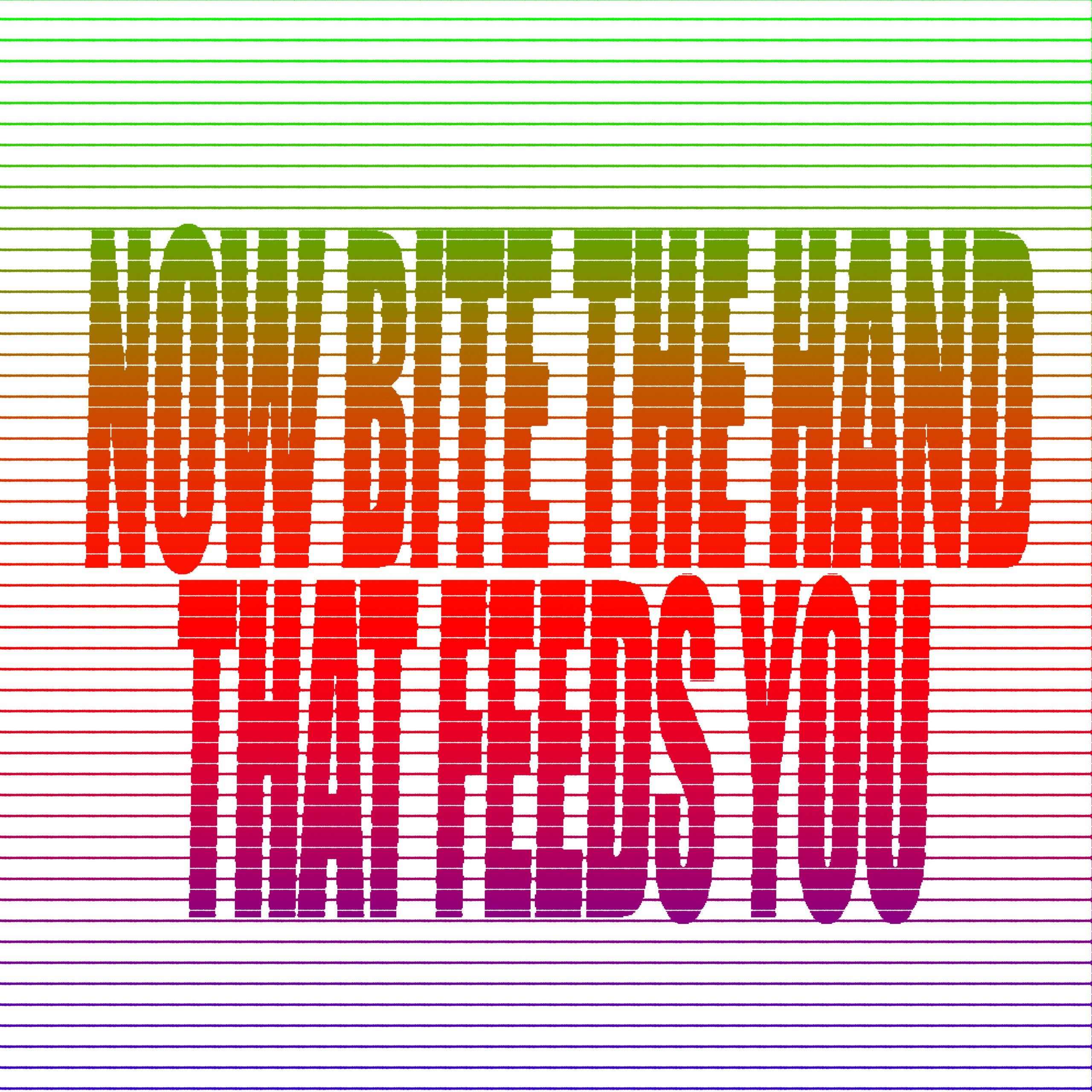Five Photographers : A Tribute to David Goldblatt

Five Photographers : A Tribute to David Goldblatt
Five Photographers reflects on world renowned photographer and South African icon David Goldblatt’s contribution to photography by looking at a new generation of photographers. This exhibition, one of the last projects that Goldblatt worked on, was developed as a tribute exhibition by the French Institut of South Africa to celebrate Goldblatt’s retrospective exhibition at the Centre Pompidou, Paris in 2018 (Feb-May 2018).
It includes the work from four Southern African photographers that Goldblatt and curator John Fleetwood had selected called Five Photographers. The exhibition title playfully references David as a fifth photographer.
Much of the exhibition deals with the complicated nature of intimacies and representation, and how notions of history and memory is reconstructed in photographs. First shown in Johannesburg at the Alliance Française (May 2018), the exhibition traveled, after David’s passing, to the Centro Cultural Franco-Moçambicano, Maputo, Mozambique (February 2019), Café What?, Maseru, Lesotho (May 2019), National Arts Festival, Makhanda (June 2019) and to the Durban Art Gallery, South Africa (August 2019).
In Alexia Webster’s Street Studios, she uses street corners and public spaces to set up outdoor photo studios in different communities. Passing families and individuals are invited to interact to create portraits with the photographer. In these stories, notions of belonging intertwine with the constructed nature of the encounter. She has created street studios in Cape Town, Johannesburg, refugee camps in DRC and South Sudan, rock quarries in Madagascar, and in Mexico and India.
Jabulani Dhlamini’s series Recapture is about the memory and remembrance of the 1960 Sharpeville massacre, a turning point in South Africa’s history. He transforms mundane objects and spaces—the traces of eyewitnesses’ memories into (anecdot- al) monuments, reminding us of the past in the present and the present in the past. Through these memories of trauma and violence, “Recapture” brings a resonance to the collective memory of Sharpeville.
Mauro Vombe’s work Passengers deals with the inhuman conditions of informal public transport in Maputo, Mozambique. The powerlessness of the passengers is bared through their uncomfortable, cramped, disembodied, and isolated figures and expressions. The series, as a social document, examines the passive nature of being a passenger—perhaps a metaphor for the human alienation in many encounters with power and capital. For many people around the world this experience is immediately recognisable. But it also speaks of power and hope; the courage that it takes to nonetheless push forward to go to work, go to school, and to dream of a better world.
The late Pierre Crocquet produced Pinky Promise, a work dealing with stories of victims and perpetrators of child sexual abuse. His photographs, severe, stark, yet delicate, reference the complexity, atrociousness, and painfulness of these situations. The photographs are only a part of the extended and personal research that he conducted about abuse, survival, and healing. The publication Pinky Promise deals with the lives of three pedophiles, and five victims of childhood sexual abuse.
View all

Artist-in-Residence Open Studios at Studio Museum
Feb 29, 2020

Black Rock Senegal



